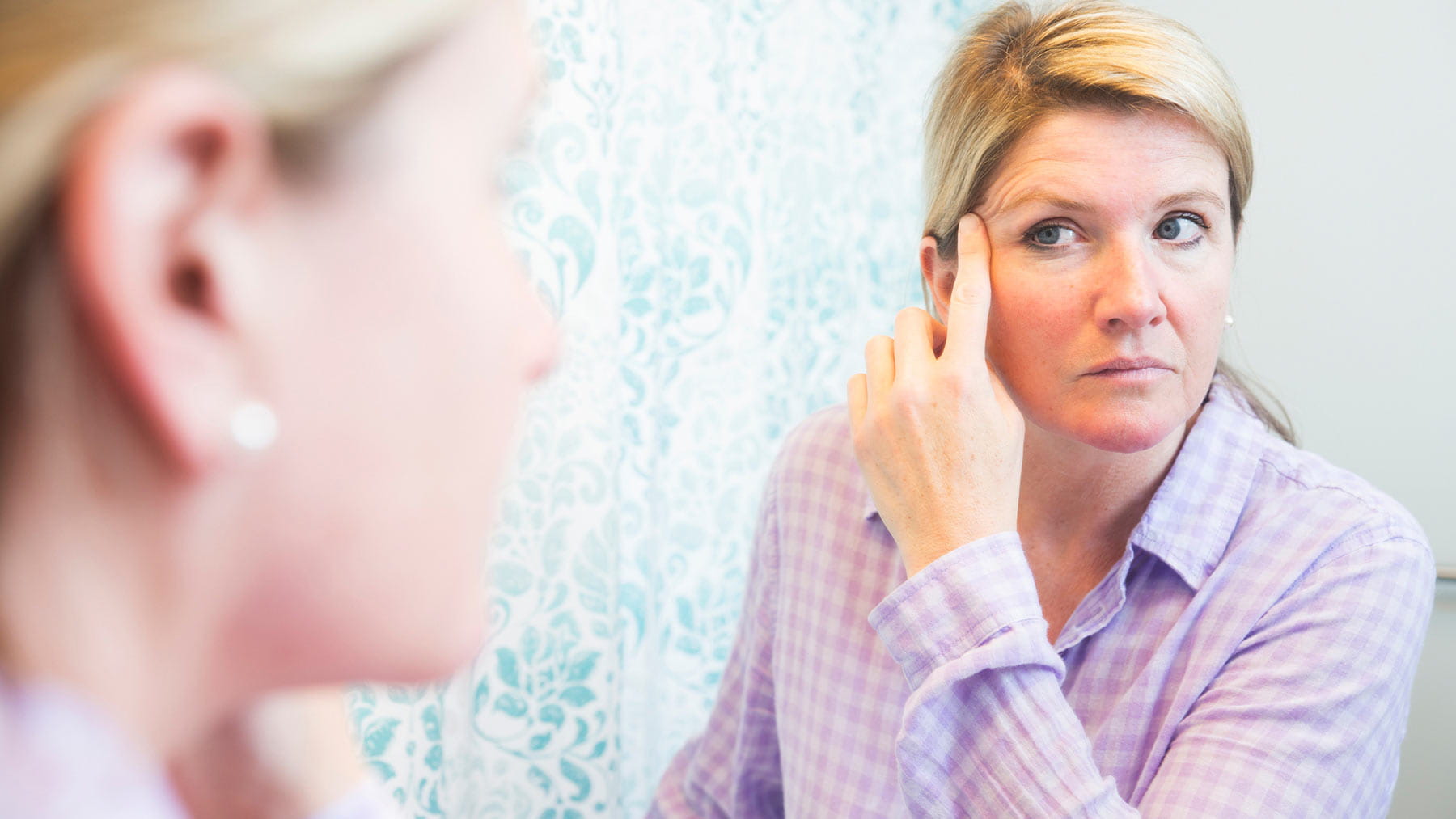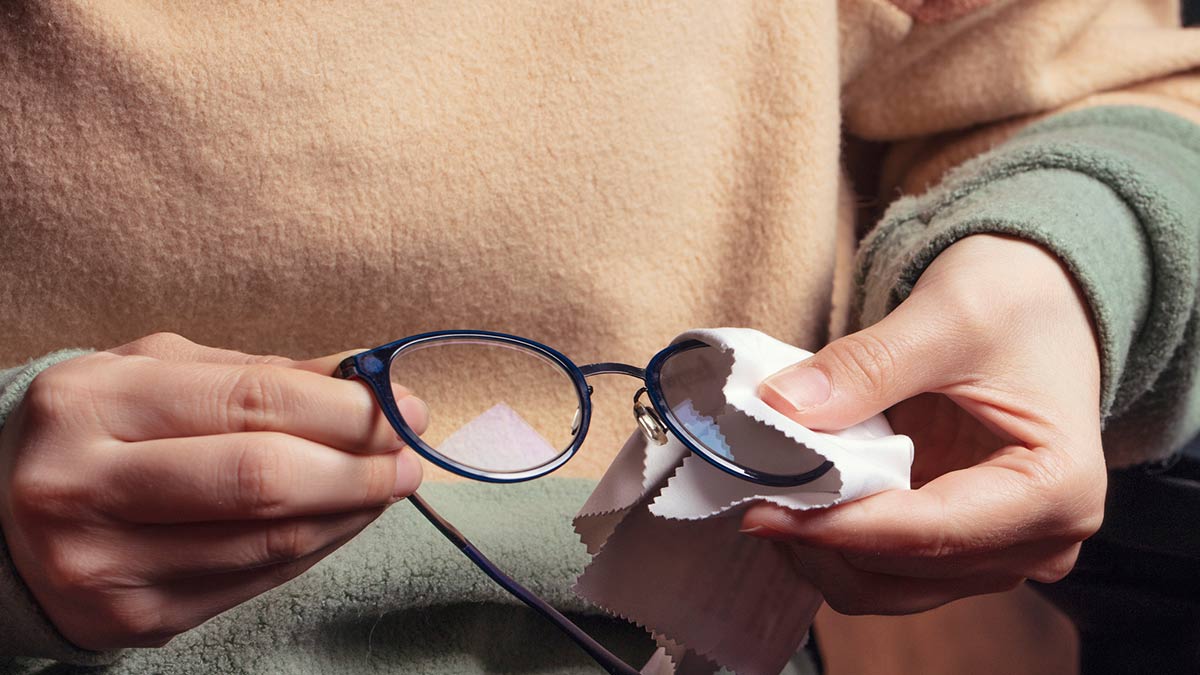Causes of and treatments for droopy eyelids

Do you suffer from droopy eyelids? Ptosis is a common problem that causes drooping of the upper eyelids and may affect one or both eyes. While the condition usually occurs in adults, it can occasionally be seen in children. Most often due to the aging process, ptosis can become a problem if your upper eyelid partially or fully covers the pupil and blocks your field of vision.
Raymond Cho, MD, director of Ophthalmic Plastic and Reconstructive Surgery and clinical associate professor of Ophthalmology, at The Ohio State University Wexner Medical Center, shared the common causes and problems associated with droopy eyelids and the treatment options available.What causes droopy eyelids?
The vast majority of ptosis cases are caused by the aging process including:- excess upper eyelid skin, known as dermatochalasis, which can weigh down the lid or overlap into your field of vision
- muscle weakness causing your eyebrows to droop and weigh down your upper lids, also known as brow ptosis
- blepharoptosis, a condition that can cause your eyelids themselves to droop due to stretching of the muscle that lifts your eyelid, muscle weakness or neurological diseases
Can droopy eyelids create problems with my vision?
The main problem caused by drooping eyelids is partial or complete blockage of the visual field. Occasionally, blepharoptosis can be a sign of a more serious neurological problem. The problem should be considered especially serious if the drooping occurs suddenly or if it’s accompanied by pain or double vision.What treatments are recommended?
The treatment of drooping eyelids is usually surgical. The type of surgery depends on the cause of the drooping, which can be determined through an evaluation by a specialist in eyelid surgery – usually an ophthalmologist, ENT specialist or plastic surgeon.Common treatment options include:
- blepharoplasty – the removal of excess skin
- brow lift – elevation of the brows by forehead skin removal, suture suspension, or endoscopic forehead elevation
- blepharoptosis repair – the tightening of the eyelid-lifting muscles through a skin incision or incision behind the eyelid.




